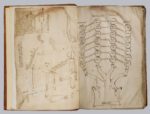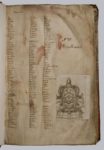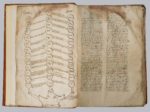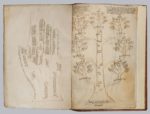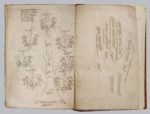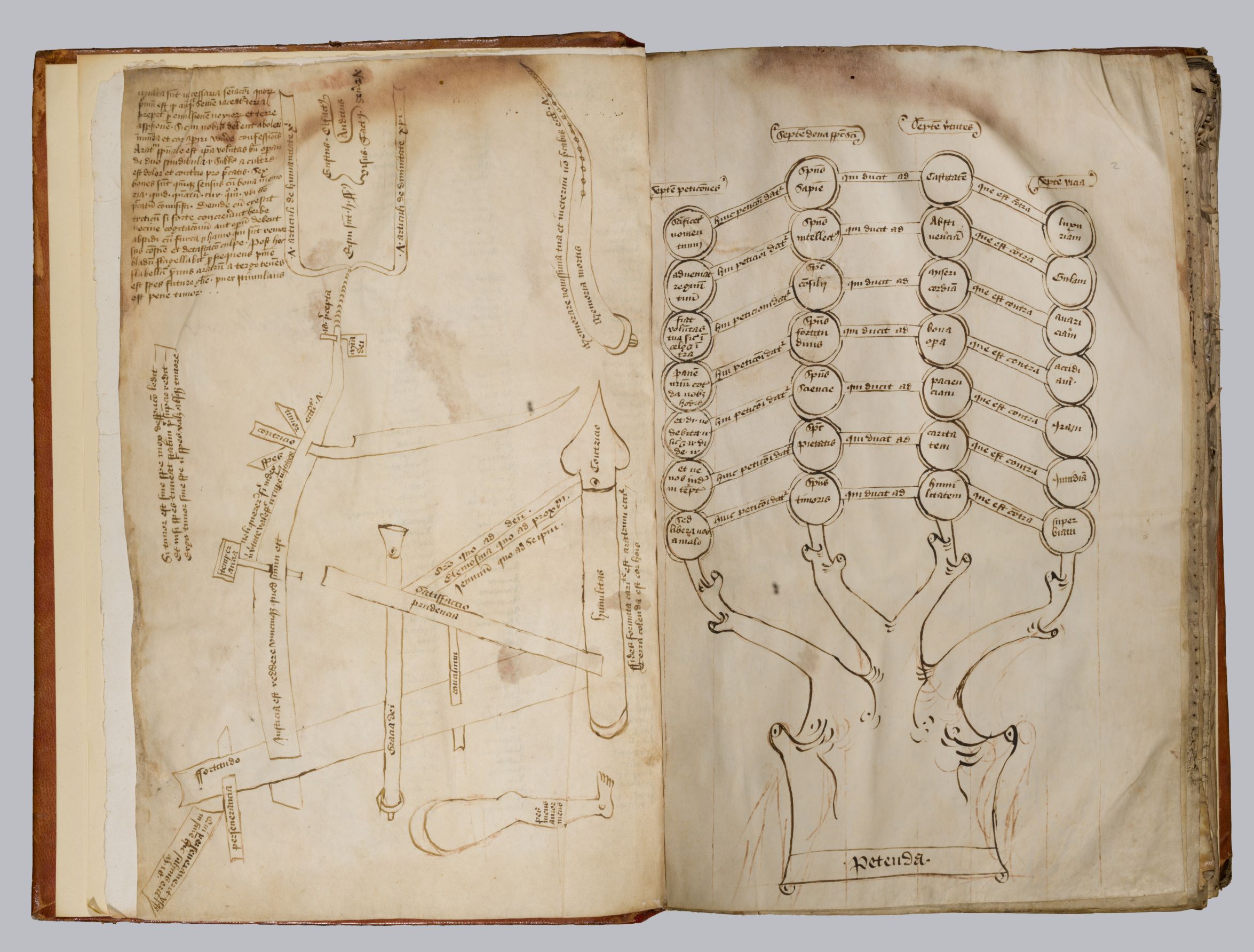
Martin of Troppau, Tabula Martiniana, mid-15th century [MS8]
England
Manuscript on parchment, ff. iv+137+iv. Bound in brown calf skin over pasteboard, 18th century; repaired by Roger Powell, 1962 (32.5 x 22.5 cm)
Martin of Troppau (also known as Martinus Polonus and Martin of Opava, d. 1278) was a Dominican friar and chronicler from Poland. He moved to Rome in the mid-13th century and became a papal chaplain and penitentiary under Clement IV (1265–68). It was there that he wrote the Tabula Martiniana, probably between 1261 and 1274.
The text addresses topics covered in Gratian’s Decretum and the Decretals (Decretum Gratiani): a comprehensive survey of the tradition of canon law written in the 12th century. The topics are listed in alphabetical order, followed by relevant excerpts from the Decretum. The Tabula are an important early example of the use of alphabetisation as a finding aid. More than 120 manuscripts of the text survive and it was first printed in 1481.
Before and after the text are an unfinished index (fol. 1r) and collection of modest diagrams drawn in the 15th century. Following the index is a mnemonic picture of a plough (fol. 1v) and a set of three tree diagrams that connect sets of information with other sets of the same number. The first diagram, for example, is a tree of sevens (fol. 2v); it connects the seven petitions of the Lord’s Prayer, gifts of the Holy Spirit, and virtues and vices. This is followed by a tree of tens (fol. 2v) and a tree of twelves (fol. 3v). Tree diagrams are commonly found in medieval texts and collections of diagrams, particularly in manuscripts produced in England during the 15th century. The plough diagram, however, is a rare occurrence.
Following the text are a further four diagrams: the hand of the devil (manus diaboli, fol. 135v), a tree of the virtues (fol. 136r), a tree of vices (fol. 136v), and a hand of God (manus dei, fol. 137r). Hand and tree diagrams were commonly used in the Middle Ages as memory aids. The four diagrams work together by mirroring one another—left and right hand, and the trees with upward and downward pointing leaves—encouraging the reader to directly compare good and evil.
Literature: Neil R. Ker and Alan J. Piper, Medieval Manuscripts in British Libraries, Volume IV: Paisley–York (Oxford, 1969), pp. 607–08; Paul Yeats-Edwards, Winchester College (Warden and Fellows’ Library) Medieval Manuscript Collection: Brief History and Catalogue (London, 1978), p. 4.
Provenance: Unknown, at Winchester College by the 18th century.
Location: Fellows’ Library
